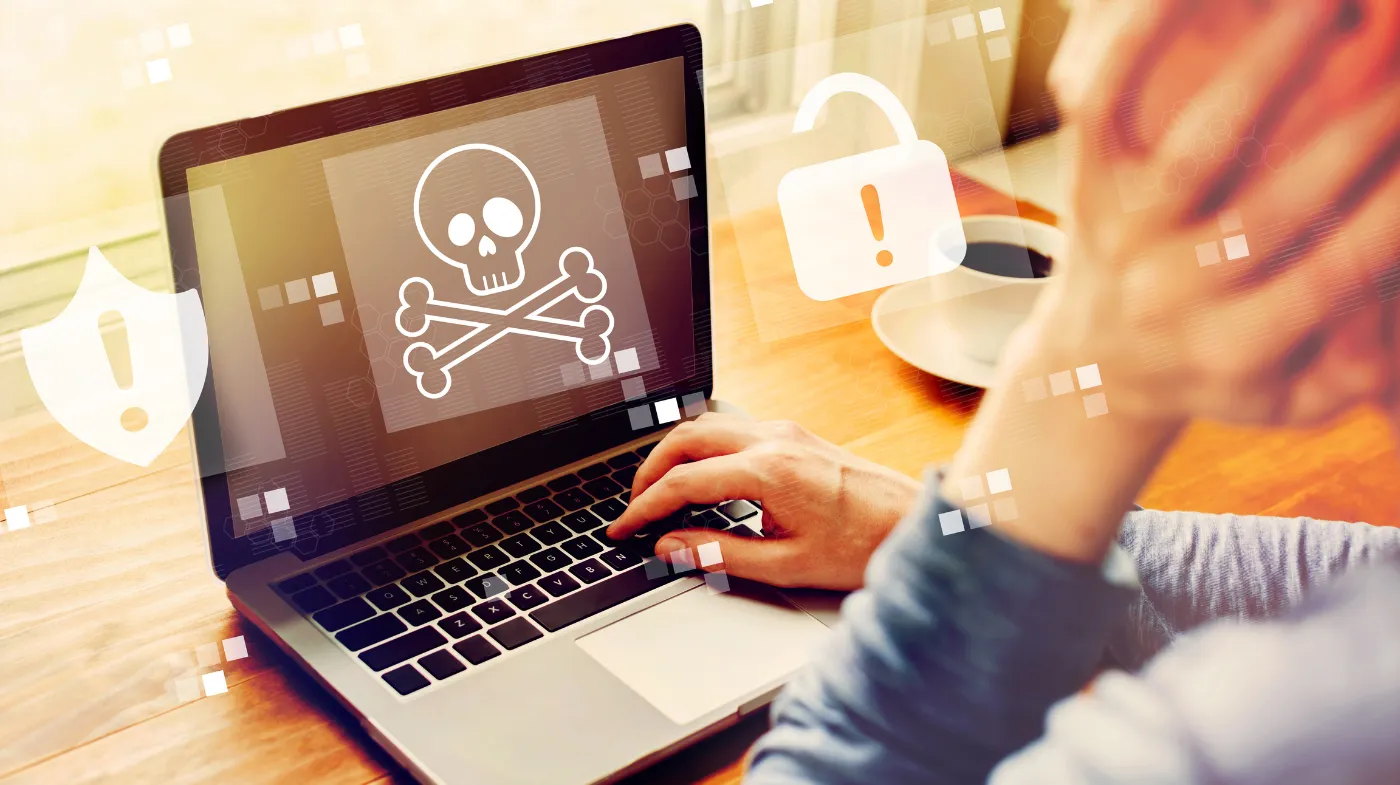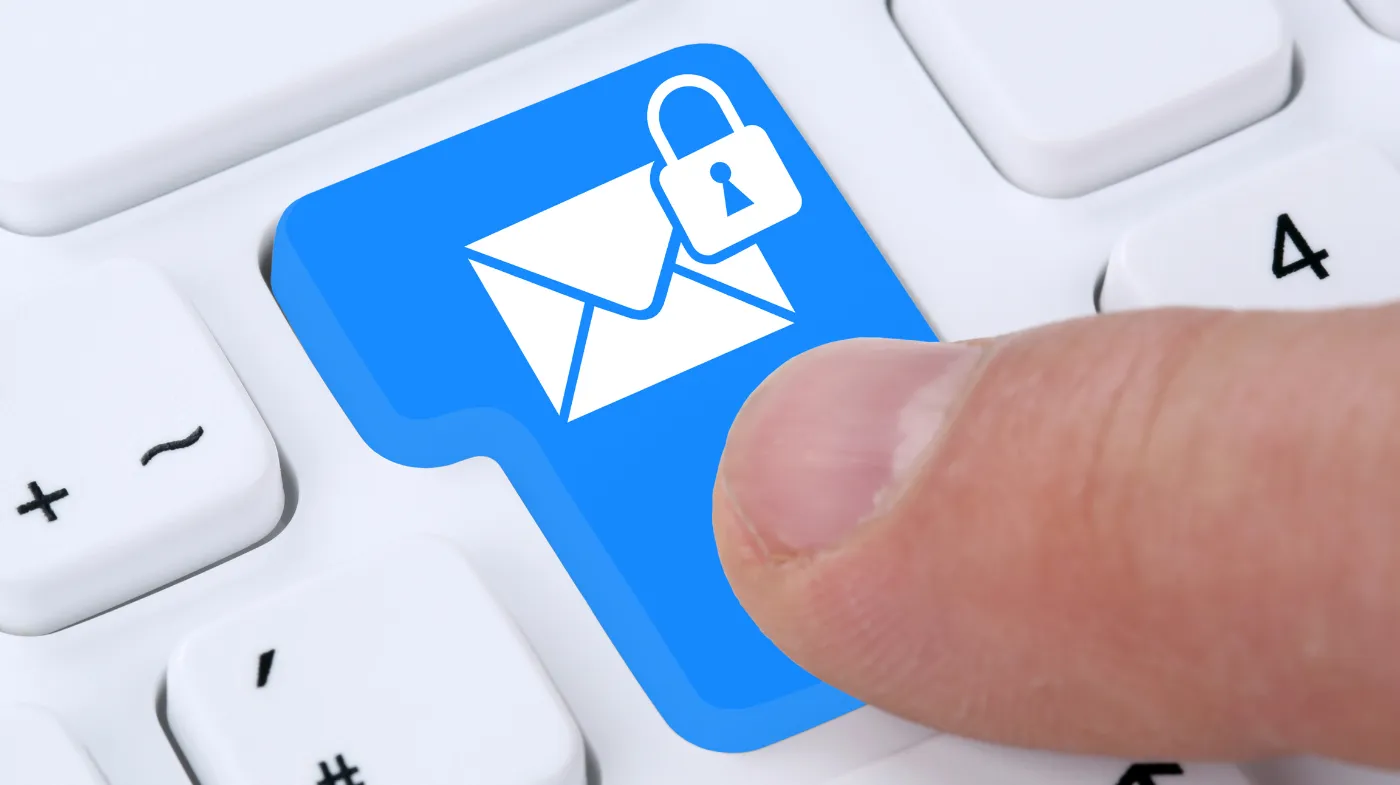
Phishing attacks have evolved into sophisticated digital traps that can steal your identity, drain your accounts, and compromise your entire digital life within seconds.
Every day, millions of people fall victim to these deceptive schemes that masquerade as legitimate communications from trusted organizations. Your password security depends on more than just creating strong credentials; it requires the ability to spot malicious attempts before they strike.
This comprehensive guide reveals the hidden warning signs that cybercriminals hope you’ll miss, from subtle psychological manipulation tactics to advanced technical red flags.
You’ll discover proven strategies to protect your accounts, implement multi-layered security measures, and build an impenetrable defense against even the most convincing phishing attempts. Don’t become another statistic in the growing list of cybercrime victims.
The Anatomy of Phishing Attacks
Phishing attacks are sophisticated social engineering tactics designed to trick users into revealing sensitive information such as passwords, credit card numbers, and Social Security numbers.
These attacks typically arrive through email, text messages, or social media platforms, masquerading as legitimate communications from trusted organizations.
The Psychology Behind Phishing
Cybercriminals exploit human psychology by creating a false sense of urgency and fear. They understand that when people feel pressured or panicked, they’re more likely to make poor decisions without carefully examining the situation.
Common Phishing Delivery Methods
Phishing attacks don’t limit themselves to email. Modern scammers utilize multiple communication channels, including SMS texts, social media direct messages, phone calls, and even fake websites that appear identical to legitimate services.
Red Flags That Scream “Phishing Scam”
Learning to identify the warning signs of phishing attempts is your first line of defense against these malicious attacks.
Urgent Language and Threatening Consequences
Legitimate organizations rarely demand immediate action with threats of account suspension or dire consequences. Phrases like “act now,” “immediate response required,” or “your account will be closed” are classic phishing indicators.
Generic Greetings and Impersonal Communication
Professional companies that have your information will address you by name. Generic greetings such as “Dear Customer” or “Dear Sir/Madam” often indicate fraudulent communications.
Suspicious Email Addresses and Domain Mismatches
Always verify the sender’s email address carefully. Phishing emails often use domain spoofing techniques, creating addresses that look similar to legitimate ones but contain subtle differences like “microsoftsupport.ru” instead of “microsoft.com”.
Technical Indicators of Phishing Attempts
Beyond obvious red flags, phishing emails contain technical elements that can help you identify their malicious nature.
Mismatched URLs and Suspicious Links
Hover over links without clicking to preview the destination URL. Legitimate links should match the organization’s official domain. Be particularly wary of shortened URLs or links that redirect to unfamiliar websites.
Unexpected Attachments and Downloads
Authentic businesses rarely send unsolicited attachments via email. Malicious attachments can install malware, keyloggers, or ransomware on your device, compromising your entire system.
Poor Grammar and Spelling Errors
While artificial intelligence has improved the quality of phishing emails, many still contain grammatical errors and spelling mistakes that professional organizations would never allow in their communications.
Advanced Phishing Techniques to Watch For
Modern phishing attacks have evolved beyond simple email scams to include more sophisticated methods.
Business Email Compromise (BEC)
These attacks target specific individuals within organizations, often impersonating executives or trusted partners to request sensitive information or financial transactions.
Spear Phishing and Targeted Attacks
Unlike mass phishing campaigns, spear phishing attacks are highly personalized and target specific individuals using information gathered from social media and other sources.
Protecting Your Passwords and Accounts
While recognizing phishing attempts is crucial, implementing robust security measures provides additional protection layers.
The Importance of Strong, Unique Passwords
Using a strong password generator online ensures your accounts are protected with complex, unpredictable passwords that are virtually impossible to guess. Each account should have a unique password to prevent credential stuffing attacks.
However, only strong passwords are not enough to protect against sophisticated phishing attacks. Multi-factor authentication adds an essential security layer that makes it significantly harder for attackers to access your accounts even if they obtain your password.
Securing Email Access
When setting up email clients like Outlook, it’s important to generate a password for Outlook access using secure methods, especially when two-factor authentication is enabled. App passwords provide secure access while maintaining your account’s security integrity.
Email Security Best Practices

Implementing comprehensive email security measures helps prevent phishing attempts from reaching your inbox.
Utilizing Spam Filters and Security Software
Most email providers offer built-in spam filters, but additional security software can provide enhanced protection against sophisticated phishing attempts.
Regular Security Audits
Periodically using an email security checker can help identify vulnerabilities in your email setup and ensure your security measures are functioning properly.
What to Do If You Suspect a Phishing Attempt?
Quick action is essential when you encounter a suspected phishing attempt.
Immediate Response Steps
Never click links or download attachments from suspicious emails. Instead, delete the message immediately and report it to the appropriate authorities.
Verification Procedures
If you’re unsure about a message’s legitimacy, contact the organization directly using official contact information found on their website, not the contact details provided in the suspicious message.
Building a Culture of Security Awareness
Protecting against phishing requires ongoing vigilance and education.
Regular Training and Updates
Stay informed about the latest phishing techniques and security best practices. Cybercriminals constantly evolve their methods, so your knowledge must evolve too.
Sharing Knowledge
Help protect your friends, family, and colleagues by sharing information about phishing indicators and security practices.
Frequently Asked Questions
How can I tell if an email is really from my bank?
Legitimate banks will never ask for sensitive information via email. Always verify suspicious communications by calling your bank directly using the phone number on your official statements or their website, not any number provided in the email.
What should I do if I accidentally clicked a phishing link?
Immediately disconnect from the internet, run a full antivirus scan, change your passwords from a secure device, and monitor your accounts for suspicious activity. Consider contacting your bank and credit card companies if your financial information may have been compromised.
Are mobile devices safe from phishing attacks?
Mobile devices are equally vulnerable to phishing attacks through SMS, social media apps, and email. The same vigilance required for desktop computers applies to smartphones and tablets.
How often should I update my passwords?
Update passwords immediately if you suspect they’ve been compromised, and consider changing them every 90 days for critical accounts. Using unique passwords for each account is more important than frequent changes.
Your Digital Defense Starts Now
Phishing scams represent a persistent and evolving threat to your digital security, but knowledge and vigilance provide your most powerful protection.
By recognizing the warning signs, implementing strong security practices, and maintaining awareness of emerging threats, you can significantly reduce your risk of falling victim to these malicious attacks.
Remember that cybersecurity is an ongoing process that requires your constant attention and adaptation to new threats.
Stay alert, trust your instincts, and never hesitate to verify suspicious communications through official channels. Your password security and digital identity depend on the choices you make today.
